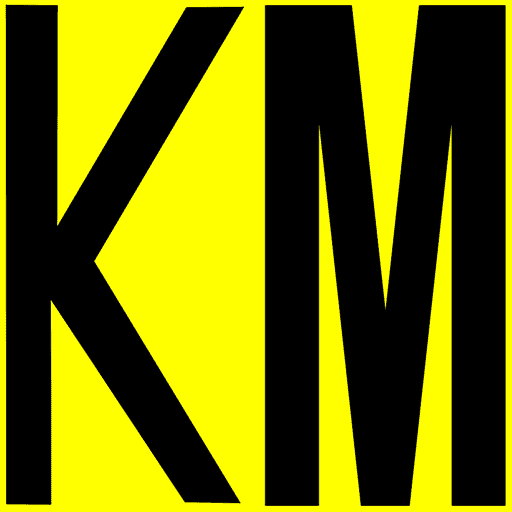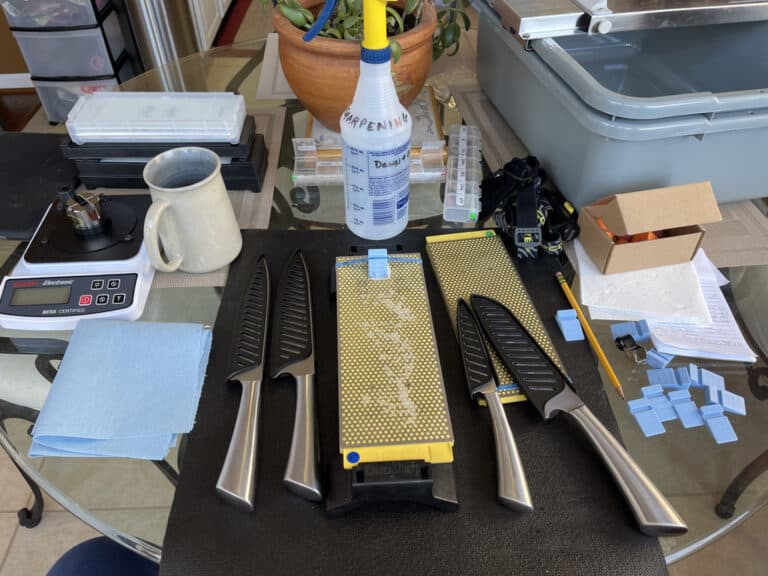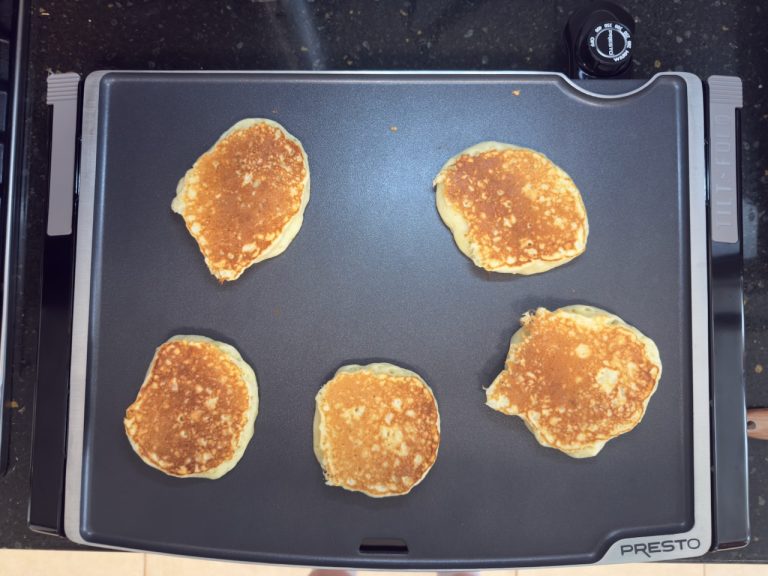How I would spend a few billion dollars right now
Here’s how I would spend a few billion dollars today is a short article sharing a small selection of my big ideas for business projects that I’ve carried for many years. I shared some of these ideas with trusted friends in the past for sanity checks and to refine the plans.
A friend, Dave, recently sent me a link to an article discussing a business project involving a battery swap approach to electric vehicles or EVs instead of the current charge-and-go or hybrid models such as those used by Tesla or Toyota. He remembered my sharing my plans for EV Battery Swap years in the past and sent me an email about it. I shared my EV “plan” with a few trusted folks years ago hoping to get good feedback. Nearly all feedback was excellent and supportive of my ideas. At the time, I expected (hoped?) to have a big payoff from some other business ventures, and I wanted to be ready to jump in on another project such as this EV concept. Battery Swap was one of my several really big ideas. The basic premise was that Battery swap was a better way vs. charge and go. It solved many problems and would fit nearly any lifestyle. Anyway, I’d like to share an edited version of my response to Dave.
Dave,
Thanks for the email. Not many people know about my work on this concept years ago. So, you surprised me with your email. TBH, I’ve not been paying much attention except for the advances in storage technology. I remain steadfast in my belief that cell swapping is the ultimate way to go and that the many advantages of effectively “Building a battery grid” can simultaneously solve the renewable energy storage problem with gigawatts of networked storage capacity.
Sadly, our economic infrastructure focused on material distribution versus electron distribution, which is why some form of gas or liquid continues to be pushed along with compromise of charging, which suits local day commuters just fine. I noticed that Toyota is pushing Hydrogen power pretty hard. This is clean burning and fits our current distribution model replacing gasoline, but hydrogen is extracted from natural gas, another fossil fuel.
It’s a crazy world. I sure wish I had a few billion to pursue projects to make a meaningful difference. I almost reached my number a couple of times after my time working at Compaq. After attempting to re-engineer healthcare to go fully digital and eliminate paper, then trying to re-engineer traffic controls and traffic flow in the USA, either of which would have funded another big idea (below), but failed to get to the finish line. Too bad. It wasn’t for lack of trying on my part.
Had either of the above start-ups made it, I’d already have begun work to develop the following projects and more. If I had a few billion dollars burning a hole in my pocket, I thought I’d share (below) how I would use the funds, though not necessarily in listed order.
1) Lifetime Appliances
Lifetime appliances, including washers, dryers, refrigerators, air conditioners, and printers. High-quality appliances that are guaranteed to be serviceable forever. Buy one, and it upgrades for life. I HATE engineered obsolescence. It’s such a waste and a terrible invention. We can design and build better products that we can have serviced, repaired, and upgraded over time.
2) Hyper Efficient Lifestyle Homes
Vacuum-filled interior wall panel system for nearly perfect home insulation striving towards zero energy loss. Highly efficient residential structures that use space-saving ductless, VRF heating and refrigeration technology. Part of my desire is to create prefab “lifetime” homes capable of functioning perfectly off-grid and built to last at least several hundred years. Plot designs for 4 or more car families vs the current 2-car designs common today. For the most part, American homes are such fragile, temporary structures compared to ancient structures. The Romans built structures we still tour over a thousand years later. We can do better. Much better!
3) Battery Swap EV Technology Infrastructure
In a nutshell, specially designed Battery Swap Carousels are built and installed at most present-day gasoline stations, truck stops, and all Walmarts, plus any new franchisees to service standardized swappable energy cells in EV trucks and passenger cars.
This is such a beautiful plan in so many ways. It could be fully implemented in 10 years. Cars and trucks would still sell based on luxury and features just like today, but the power-cells, interfaces, and specifications would be standardized across all vehicles.
The automated carousels would be very similar to gasoline stations where vehicles pull into the space, enter a payment info, the system removes the power-cell, measures remaining power for credit, measures a freshly charged power cell and places it into the vehicle, prints a receipt and you’re on your way. The whole process is at least as fast as filling your tank with gas in 2023.
Power Cell inventory belongs to third parties with fees covering their cost over time. Power Cells are stored under ground where they are safely recharged, maintained and made ready for reuse. Each station is connected to the power grid and able to act as renewable energy storage. Collectively, the network would create an enormous battery backup supply of emergency power.
The impact would be enormous—no more EV charging and range issues. When you’re getting low on juice, pull into the next nearest BSC and swap your depleted power cell for a freshly charged one. Vehicles would compete on all functionality and features but must support the standard size and specifications of the current power cell versions, regardless of the technology inside the “enclosure.” This means that new technology could roll out anytime as long as the interfaces and specifications remained standard. Think of really large versions of D-Cell Batteries that have evolved technology inside over the years, but the 1.5 volts and physical size remained the same. The concept would be similar but on a much larger scale and higher voltage.
4) Healthcare Stats for Hospitals and Caregivers
Among the biggest problems in the USA Healthcare is a lack of performance information available to the public. We know every statistic about our athletes, but we have no idea about the diagnosis records of our doctors or the survival rates of hospital ICUs and ORs. The profit-driven nature of equity-owned healthcare and drugs in the USA has no incentive to cure people or ween them from care, just the opposite. Too many people go undiagnosed and suffer or die needlessly due to poor performance of caregivers and have no useful or meaningful way to compare medical professionals or facilities apart from superficial information like bedside manner or marketing statements.
And Yes, There’s More…
I have lots of these “projects,” But the four listed above were among those that I felt would make a measurable difference in landfills, ecology, and quality of life. If I had the billions of dollars to make these things happen, all would be wildly popular and profitable, create many jobs, and be great for people and our planet. Who knows, maybe I’ll win the lottery and get to see some of these ideas become a reality.
Go big or go home, right?
Take care,
Kenny
PS: How would you spend a few billion dollars right now?





